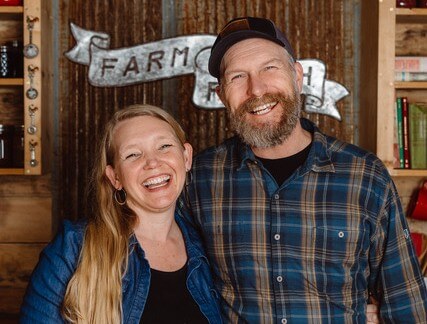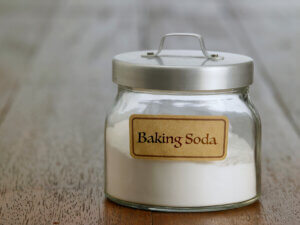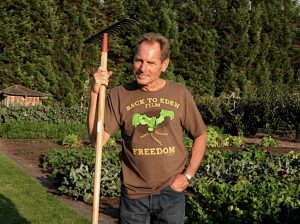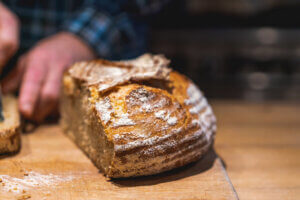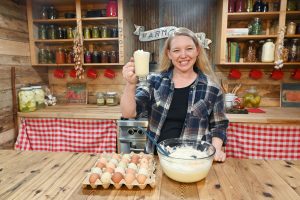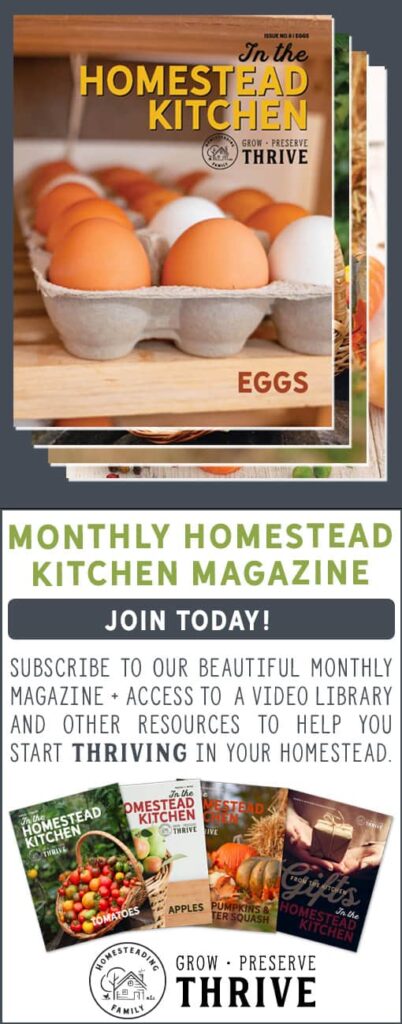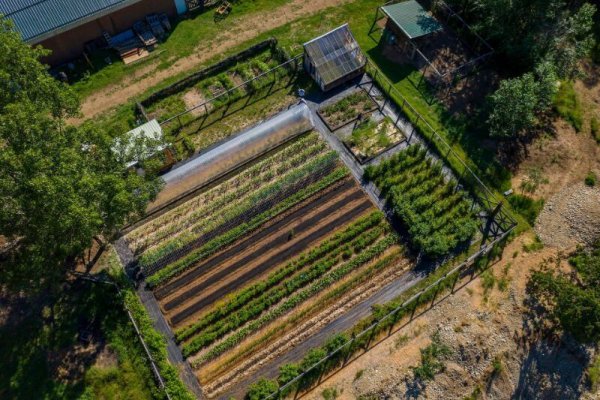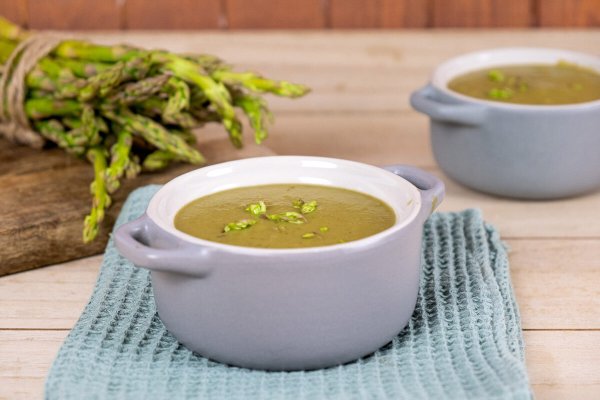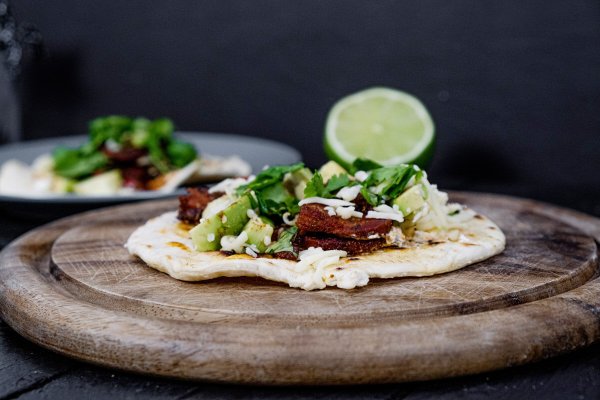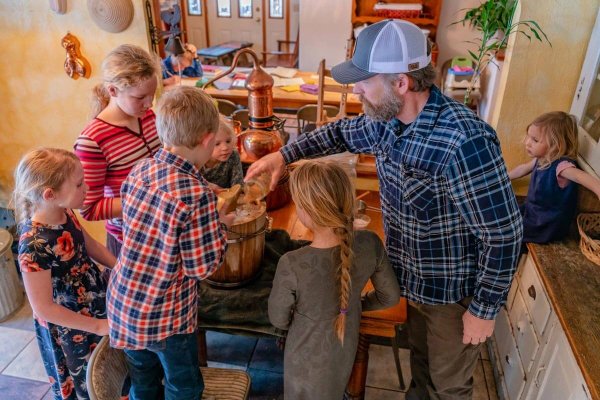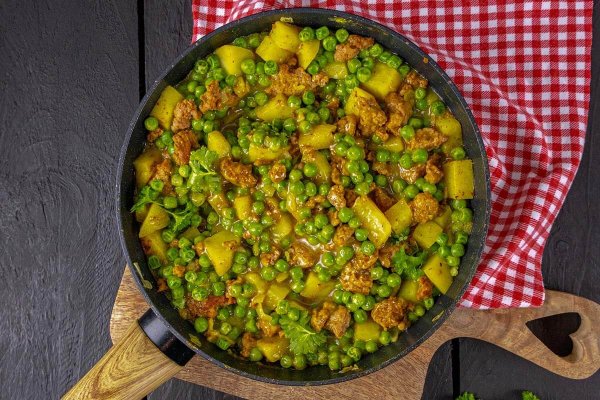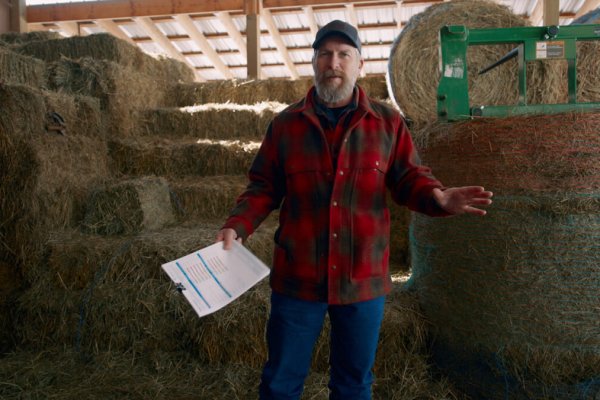Spring is near when we hear the gentle hum of bees and other pollinators looking for a place to nourish and make their summer home. Learning how to attract pollinators to your garden is easy when you know what flowers are best to plant. Use this guide to get started.
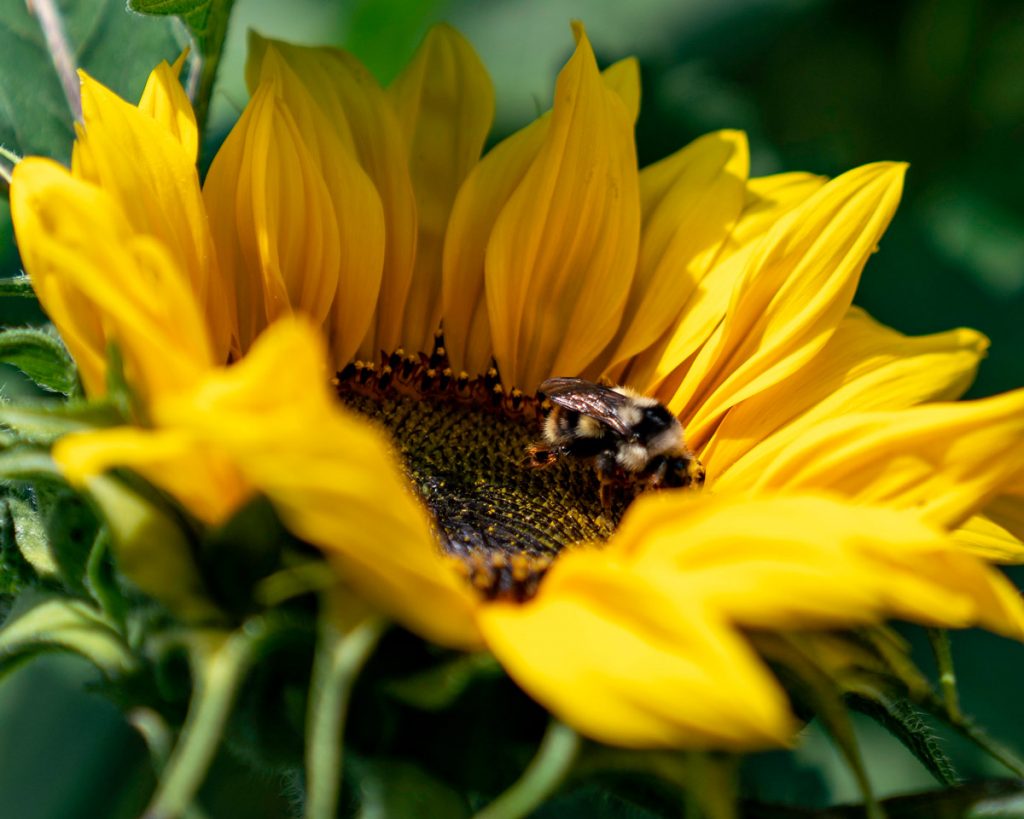
Why You Should Attract Pollinators
Getting started with beekeeping is a goal we have here on the homestead. Through my years of research, I have learned that in order to keep a colony alive, we need to have a substantial food source for them.
As we have developed our homestead here on Riverbend, we planted a medicinal herb garden, put in a vegetable garden for serious food production, properly maintained our fruit trees, and carefully tended to our pasture land.
Even though we are not quite ready to invest in our own hives, it’s still critical to know how to attract pollinators in order to promote the growth and health of all that we plant. Everything we grow here on our homestead relies on pollinators to produce and perpetuate the plant life cycle.
Encouraging these native pollinators towards our homestead can be accomplished through an understanding of what they are looking for, and providing that for them.
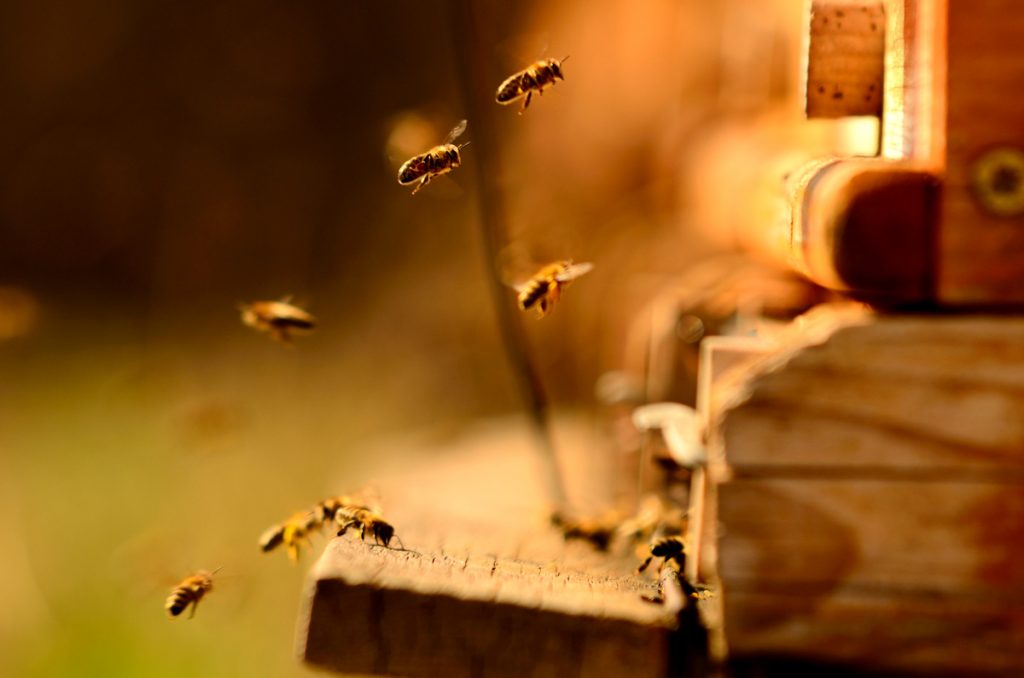
What Are Pollinators
Honey bees, butterflies, hummingbirds, mammals, the despised fly, and even the often-misunderstood bat are all pollinators. Nature provides wind and water, pollinating certain grains, grasses, and conifers worldwide.
Most pollinating insects feed on pollen and nectar, while birds feed only on nectar. As they move, they transfer tiny pollen granules from plant to plant. Small mammals unknowingly transfer the pollen when they rub against a flowering plant and continue on their way, brushing against other plants.
Each plant has a male (anther) or female (pistol) part. The pollinator brings them together with the pollen that produces seeds, vegetables, fruits and herbs in due time.
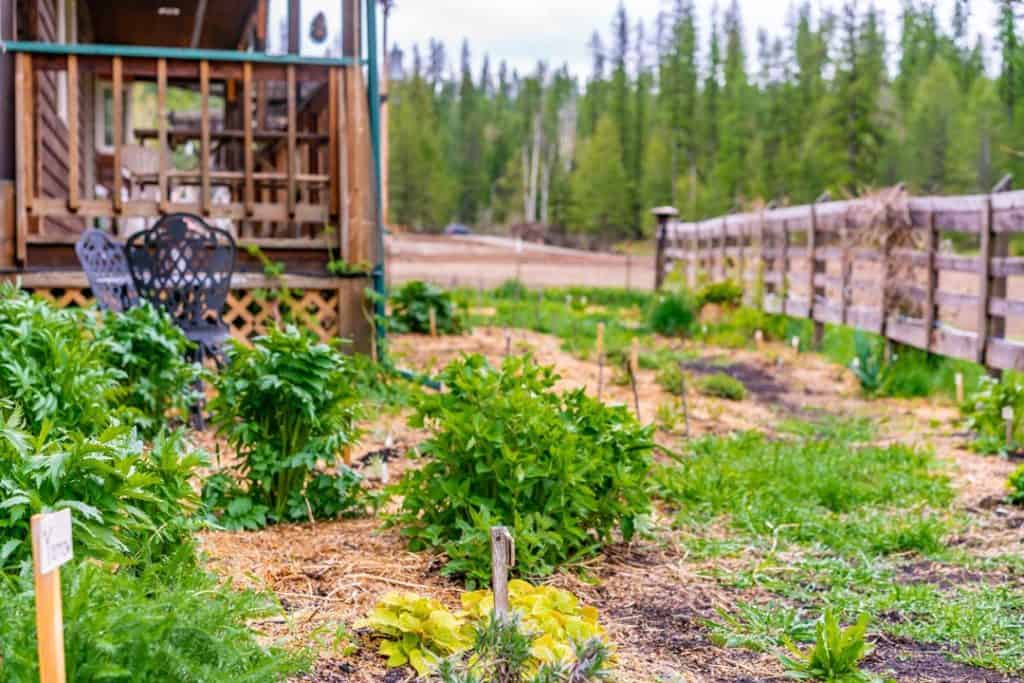
When Is the Best Time to Attract Pollinators
Spring is the best time to start successive planting. Plant a pollinator garden by choosing flowers that will continue to grow through summer and into early fall.
Planting flowers that bloom at various times, in different colors and shapes specific to your growing zone, will help attract pollinators continuously throughout the growing season.
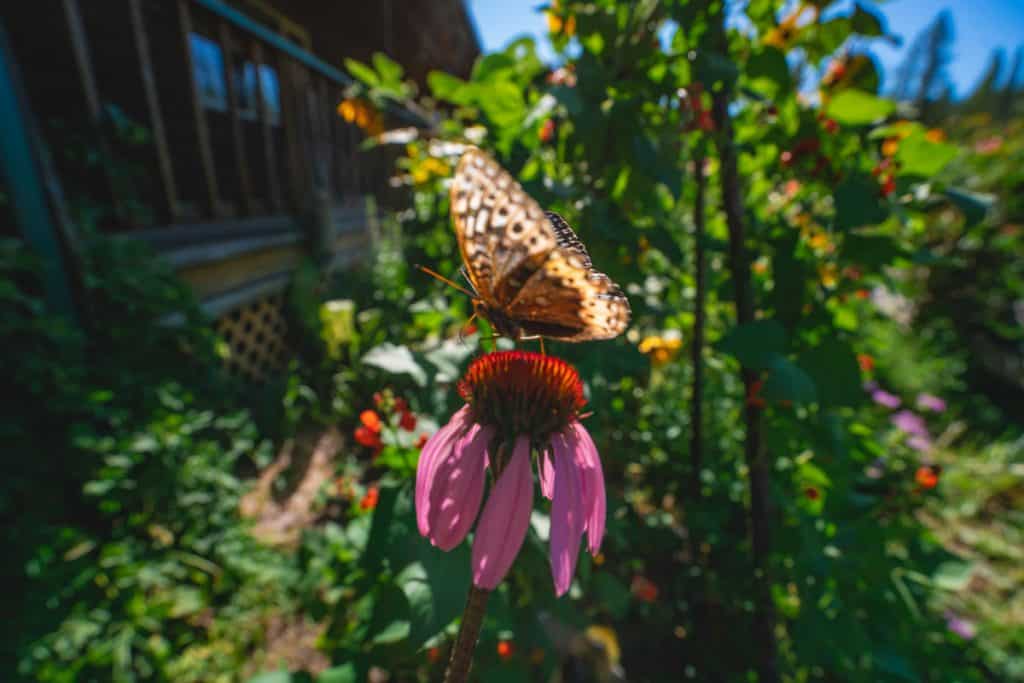
Ways to Attract Pollinators
Designing your garden with plants to attract pollinators requires an understanding of the pollinators as much as it does the flowers. Different species and colors of flowers attract different types of pollinators.
Native plants and flowers specific to your growing zone are how you will attract the best pollinators for your area. Asking a seasoned gardener in your area will help with that question if you need clarification.
Water and shelter are needed and appreciated by pollinators of all types. Keeping a bird bath, small pond or other water features keeps them hydrated, and they will stick around longer.
Some people will even place small stones inside a bird bath to allow the smaller pollinators a place to land without drowning in the bath.
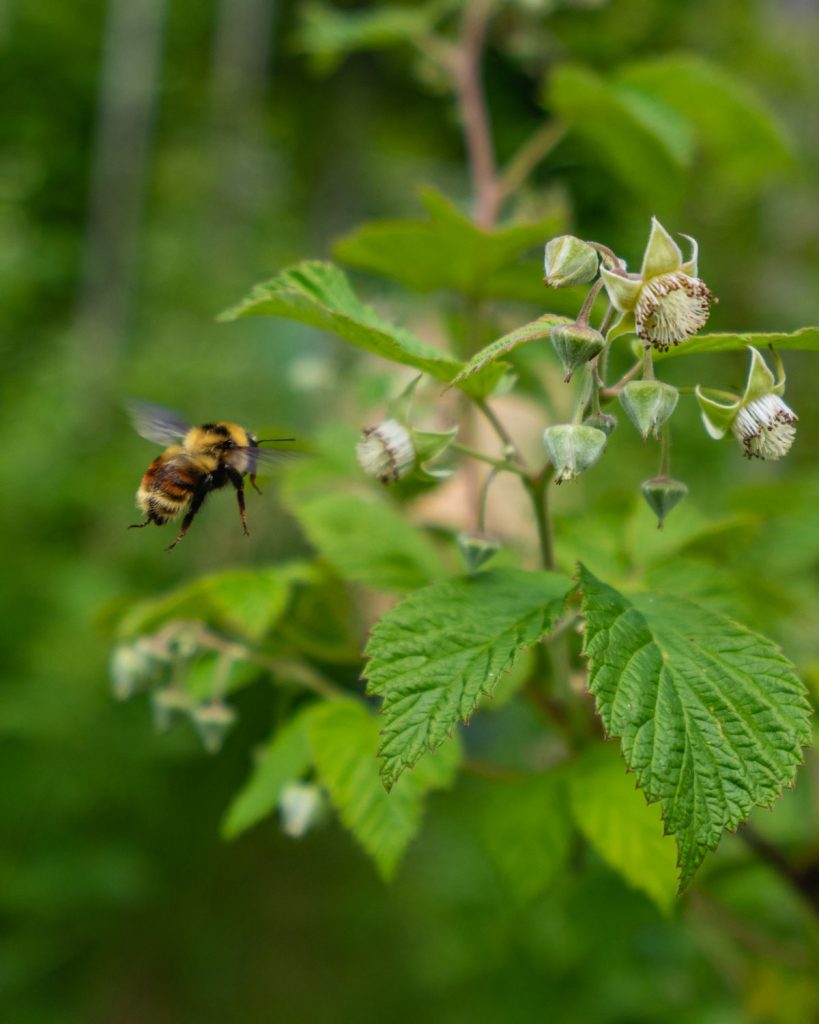
Honey Bees and Native Bees
Honey bees are one of 4,000 different species of native bees in America. They are the most productive and vital pollinators we have on planet earth.
Bees are generally attracted to blue, yellow, white and purple flowers. Sweet, minty fragrances with plenty of nectar delight them! Planting flowers specific to your growing zone and in groupings of these colors bring them in for a pollinating feast.
Bees can be social insects and thrive together in hives (or nests) built in their natural habitat. However, up to 75% of bee species are solitary bees, and as their name implies, they nest alone. All bees usually find dead trees, tree stumps, shrubs or ground holes to live in, especially where flowers are close by and prolific.
If you’ve considered starting to keep bees, listen to this podcast with beekeeping expert, Adam Martin.
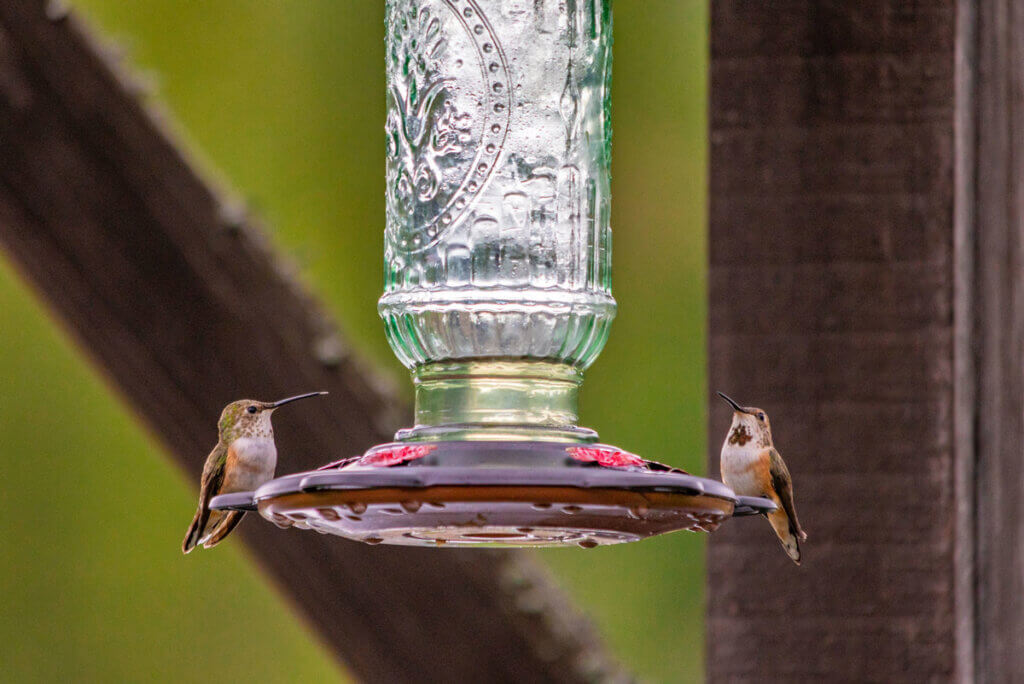
Hummingbirds
These spirited little birds are highly attracted to shades of red. They move rapidly from flower to flower, drinking in nectar and moving on to the next flower, pollinating as they go.
Once again, each growing zone is specific to your area, so to attract hummingbirds, plant shades of red flowers accordingly. Grouping them is alluring and keeps them coming back for more.
Hummingbirds find rest and shelter in thick trees or bushes. They will even protect themselves from predators by hanging out in thorny shrubs.
Homesteading Hack: Don’t use the red-food dye hummingbird feeder. This isn’t good for the hummingbirds and, once they know where food can be found, they’ll come back without the need for the red color. Simply combining 1 part sugar with 4 parts water and heat just until the sugar is dissolved. Store this mixture in the refrigerator and fill feeders as needed. Be sure to give the feeders a good cleaning between feedings to avoid harmful mold and bacteria from growing inside the feeder.
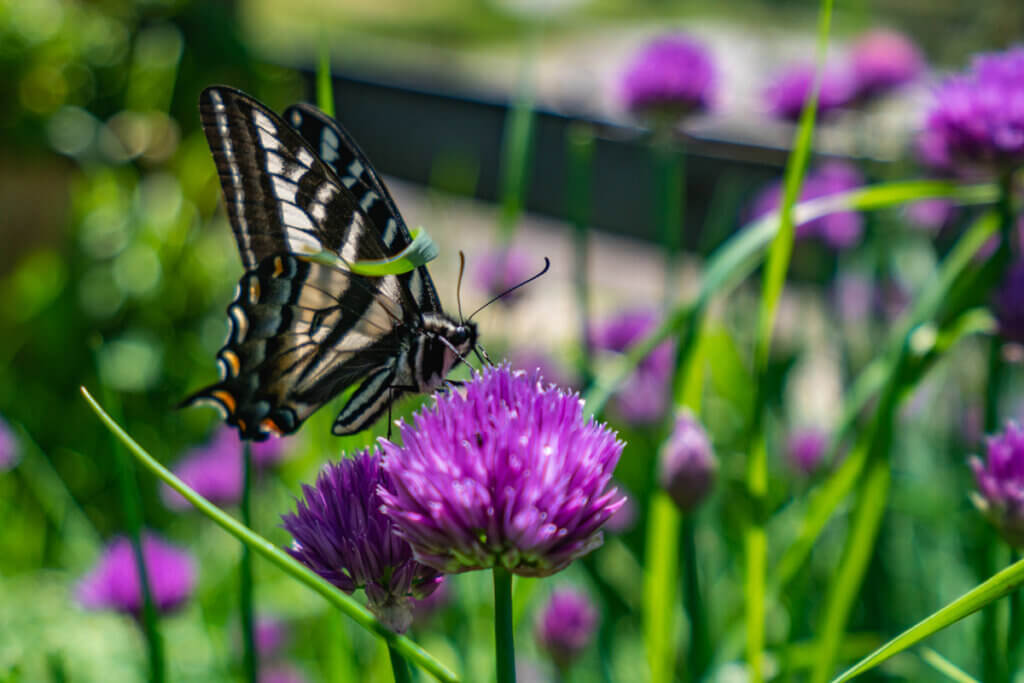
Butterflies and Moths
Butterflies are enchanting insects gracefully flying during the daytime, looking for purple and red flowers and are a delight to observe.
Most moths are nocturnal pollinators and prefer pale, cream or white flowers with a fragrant sweet scent.
The color combinations of red, purple, white, and cream make a beautiful display that readily attracts butterflies by day and moths by night. It’s definitely a win-win!
Flying by day or night, butterflies and moths find rest and safety between rock crevices, tall, thick grasses and the undersides of leaves and twigs.
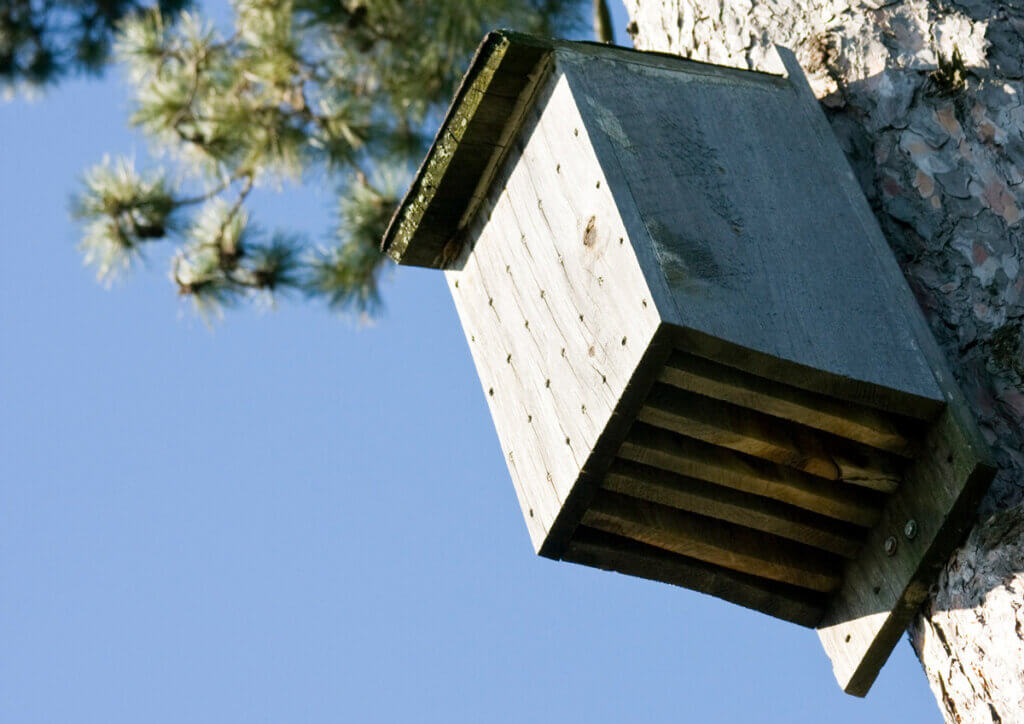
Bats
Bats are one of the most prolific pollinating mammals. One of the unique traits bats have, is that they pollinate at night and eat those pesky mosquitos that we have in the summer. In addition to mosquitoes, bats also help control the population of destructive insects in your garden.
Bats’ eyesight isn’t as keen as some of their other senses, so planting pungent, fruity-smelling tubular flowers with large blooms makes it easier for them to find and pollinate.
Bats hang out (upside down) during the day in darkened areas like caves, barns, alcoves or bat houses.
Homesteading Hack: To attract bats, consider building a few bat houses and mounting them in trees surrounding your property. There are easy DIY plans online and this is a fantastic way to use up lumber scraps. It also makes a fantastic project for children.
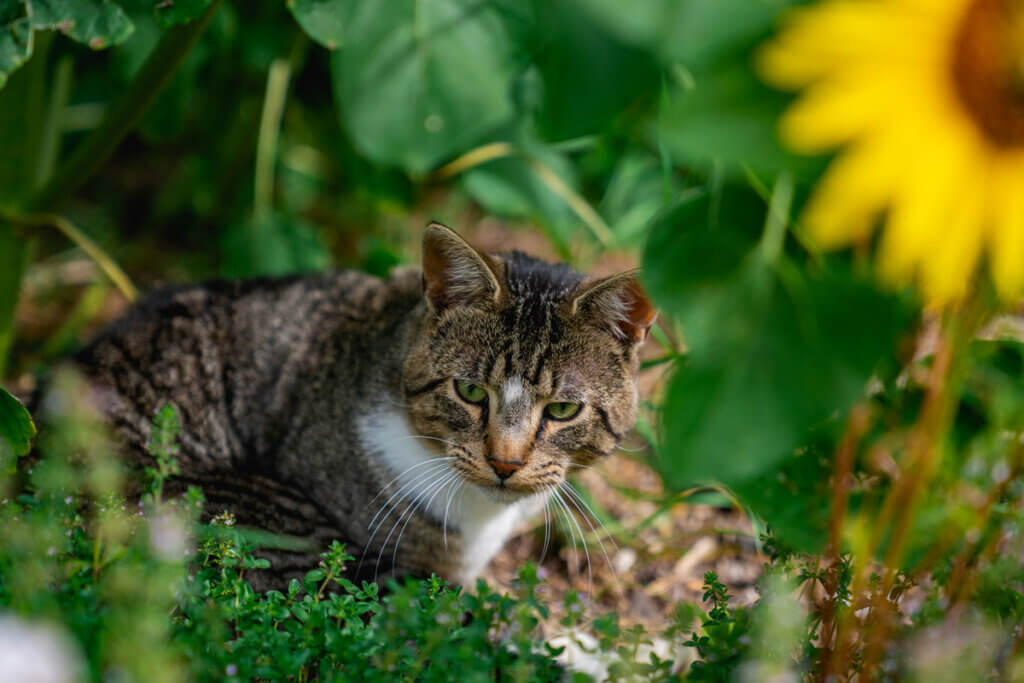
Mammals
Unknowingly, these native pollinators, deer, mice, squirrels, rabbits bears, and even your own pets, roam around gathering pollen on their fur and transferring it to plants that become pollinated. Most of these mammals will prove to be destructive to your garden, so keeping your garden protected from them is recommended.
Most mammals live in trees, ground holes, thick grasses and shrubs, whatever the habitat provides for them according to where they thrive.
If you’re wanting to grow a lush and beautiful garden, learning to attract pollinators will be one of the biggest tools in your success.
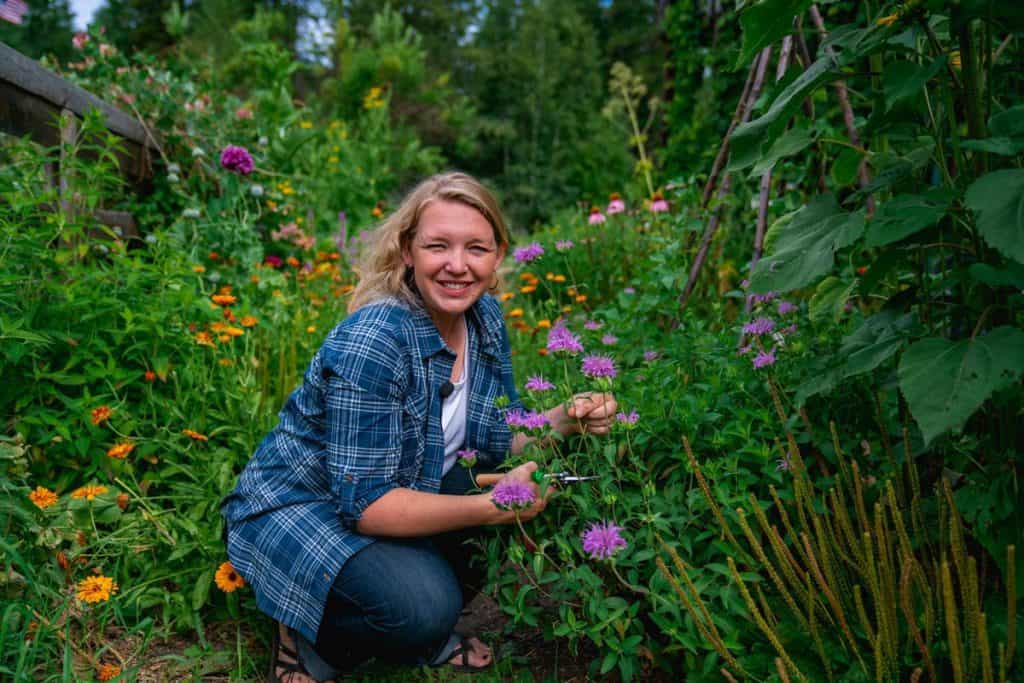
More Articles You May Enjoy
- What You Need to Know About Keeping Bees
- Garden Planning for Serious Food Production
- Designing an Old Fashioned Cottage Garden
- 15 Medicinal Herbs to Grow
- How to Grow Chives (Plant, Harvest, Preserve)
- How to Start Using Medicinal Herbs
- Spring Gardening Tips and Tricks
- Pruning Fruit Trees the Right Way

